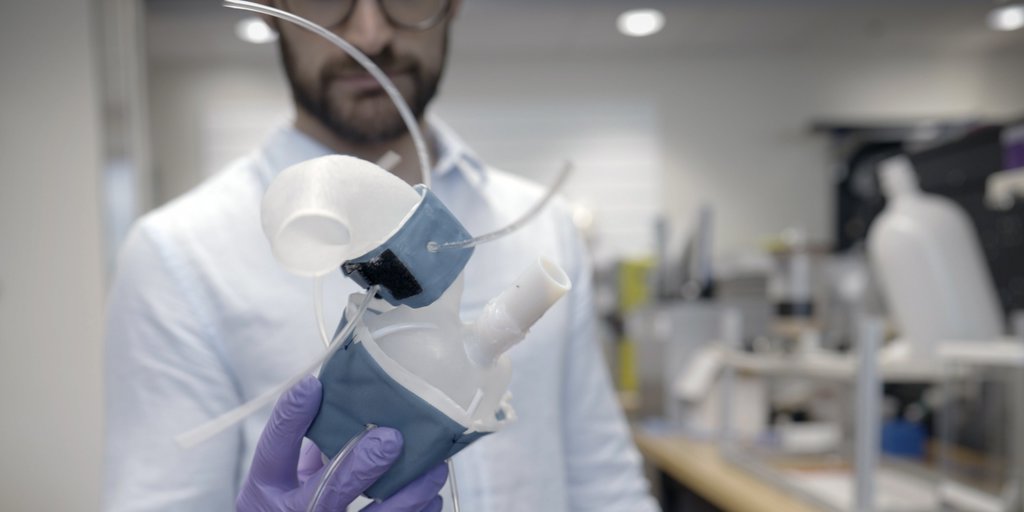While hearts are unique, beat to their own rhythm, and come in different shapes and sizes, to people with heart issues or those born with quirks, this uniqueness can throw some extra hurdles their way. Their tickers and the blood highways they’re connected to hustle harder to make up for any hiccups in the system, and that is why MIT engineers have focused on a solution – 3D-printed hearts.
3D-Printed Hearts Are Here

Ellen Roche and her crew of brainy engineers at MIT decided to shake things up. They cracked the code for printing custom robot hearts. These aren’t just any hearts – they’re like clones of any unique heart together with its heartbeat and pumping blood the way nature intended.
Scientists basically scan the heart and turn it into a 3D computer model. Then, they print it using a fancy material that hardens when hit by UV light. Once it’s set and solid, the 3D-printed heart gets flexible and squishy, just like the real deal. They do the same for the aorta – that’s the pipe that carries blood away from the heart.
Scientists Can Also Print the Aorta

Now, for the fun part! Scientists have slapped on special sleeves to the new heart and aorta that act like blood pressure cuffs. These sleeves have a cool bubble wrap-like thing underneath, and when they hook them up to a little air pump, they start puffing up and down, mimicking the heart’s natural pump action.
According to Luca Rosalia, who’s in the MIT-Harvard Health Sciences program, every heart is like its own unique masterpiece. And here’s where it gets wild – their system isn’t just copying the heart’s shape, it’s also getting the lowdown on how it behaves in good times and bad.

They put a spotlight on this thing called aortic stenosis, where your aortic valve narrows down and doesn’t open up like it should. It’s like trying to sip a smoothie through a tiny straw – not the best scene. This can make people feel wiped out, short of breath, and all sorts of other not-so-fun stuff. But fear not, they used their printing wizardry to recreate this and even implanted artificial valves in their printed aortas based on real patients. The result was that the fake aortas acted just like the real deal.
This groundbreaking trick could help doctors team up with tech-savvy engineers to pick out the perfect implants tailored to a person’s heart rhythm. So, after a scan, they can create a 3D-printed heart in no time, and then doctors can test out different valve sizes and types to see what fits like a glove. It sure seems like the future of heart medicine is bright!